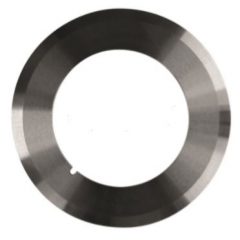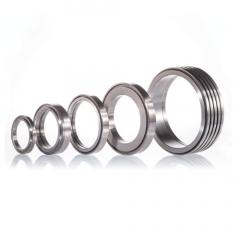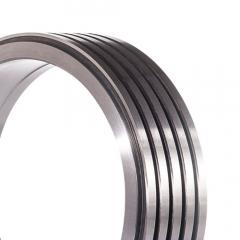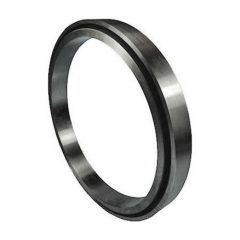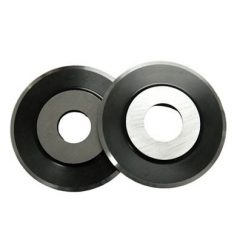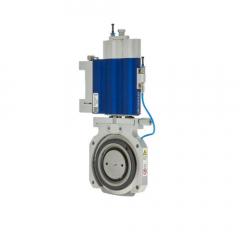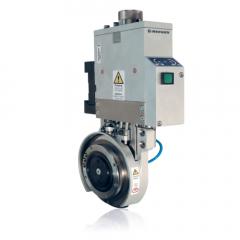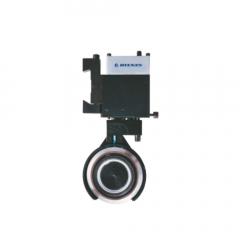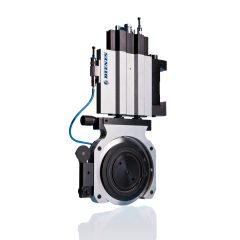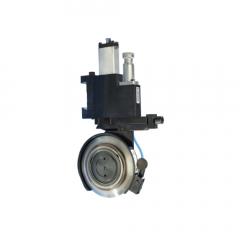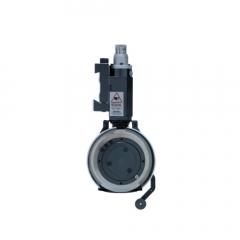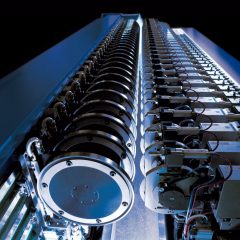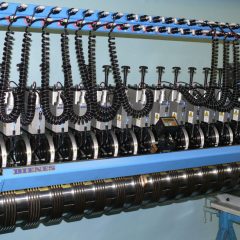Nonwoven and textile
In the nonwoven industry, the naturally occurring cutting dust presents a challenge to the cutting technology. Another requirement is the high robustness and flexibility of the manufacturing plants. To save costs, retooling other cutting widths takes place while operation is continously running.
DIENES Know-How
For the processing of nonwoven and textile, DIENES has developed high quality knives, knife holders and compact slitting systems for crush cut, shear cut and hot cutting process. Our goal is a lint-free cutting edge and a super fast changeover to another cutting width, of course also inline.
As diverse as the nonwoven materials, so are the technical solutions to achieve the longest knife life with minimal dust. Depending on the material to be cut, crush cut, shear cut or, especially for cutting textiles, heated cutting methods are used. High-quality knives made of steel, carbide and ceramics round off the range and thus enable a lint-free cutting edge.
In addition to the cutting tools, DIENES has also developed corresponding additional functions that meet the specific requirements mentioned above. For example, with the simple, tool-free Quick Clamp system, knife holders on longitudinal cutting machines are quickly and easily interchanged. Quick Clamp fits on any cross bar and ensures a reproducible clamping force.
Of course, our product range also includes the glass hard shafts or cylinders required for the crush cut, which are manufactured according to your specifications. In contrast to many competitor products, these can be regrinded several times due to the optimized materials and hardening processes.
Dust accumulation
The reduction of dust accumulation is a particularly big challenge when cutting nonwoven. Dust leads to higher maintenance of the machine due to regular or even unscheduled cleaning intervals. Moreover, the replacement and readjustment of cutting tools as well as increased production waste are challenges.
Cutting dust is generated by filaments falling out or being torn off during the slitting process. If the knives are blunt or not optimally adjusted, the filaments are not cut off cleanly but are crushed in whole or in part and then torn out of the product.
In addition to the possibility of extracting the resulting cutting dust, there is also the option of connecting an embossing station upstream of the actual cutting process. This consists of two special knife holders equipped with profiled or smooth embossing tools. The narrow embossing tools result in material compaction and thus better bonding of the filaments in the product. Immediately after embossing, the longitudinal cut is made in the compacted area.
Experience from laboratory tests has shown that pre-embossing results in between 25% and 60% less dust accumulation. A prerequisite for pre-embossing is sufficient space in the machine structure. It should also be noted that pressing the cut edges together does not have any negative effects during further processing. There are no objections to the appearance of the end product, only the suitability of the changed haptics.
Matching DIENES products
-
![Circular knives - dished knives]() Circular knives
Circular knivesDished knives
Diameter 62-200 mmShow more -
![The picture shows DIENES grooved knives and multiple grooved knife blocks.]() Circular knives
Circular knivesGrooved knives
Diameter 46-250 mmShow more -
![DIENES multiple grooved knife blocks for an optimal cutting result.]() Circular knives
Circular knivesMultiple grooved knife blocks
Diameter 77-490 mmShow more -
![A DIENES bottom knife.]() Circular knives
Circular knivesBottom knives
Diameter 105-300 mmShow more -
Circular knives
Tungsten carbide and ceramic knives
Show more -
![DIENES crush cut knives.]() Circular knives
Circular knivesCrush cut knives
Diameter 50-150 mmShow more
